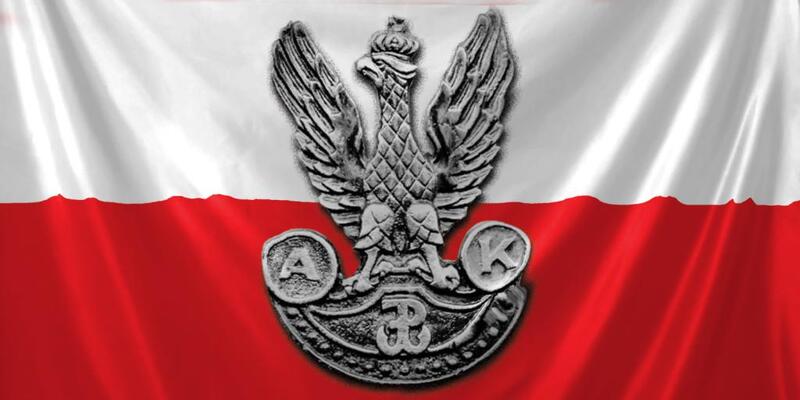The Home Army – Poland, I’m in Love; A press conference on the 80th anniversary of the transformation of the Union of Armed Struggle into the Home Army
VIDEO : Home Army Girls
The "Poland, I’m in Love" campaign honors all Home Army members, but this video focuses on young women in its ranks, who fought and lost their lives. Introducing a few medics, couriers, Intelligence operatives and soldiers, we honor thousands these few represent.
ARTICLE by Karol Nawrocki, Ph.D: The Home Army Generation
The Home Army molded a whole generation of Poles. Even those who were not officially sworn in.
ARTICLE by Karol Nawrocki, Ph.D: "Poland, I’m in love"
The establishment of the Home Army
On 14 February 1942, a cable from General W. Sikorski reached the Homeland. It was addressed to General S. Rowecki “Kalina”:
Following my order L2926 from 3 September 1941 1. I abolish for external use of the name ZWZ. All soldiers on active military duty in the Homeland make the Home Army subordinate to the General as its commander 2. The General`s post is called the Commander of the Home Army
Commander-in-Chief Sikorski, Lieutenant-General.
From the Union of Armed Struggle to the Home Army
The Union of Armed Struggle formed in November 1939 by General W. Sikorski was a part of the Polish Armed Forces. Initially, it was led by General Kazimierz Sosnkowski (until June 1940). The principles of the national conspiracy were developed by the Committee of Ministers for National Affairs (Polish Komitet Ministrów dla Spraw Kraju), which was also formed in November 1939. At first, the Committee was also led by General K. Sosnkowski, but he was later replaced by Professor Stanisław Kot.
The first female courier from Poznań
On 1 November 1939 the first female courier from the Poznań conspiracy set out on a mission to reach the Polish government-in-exile in France. It is difficult to imagine the hardships and challenges that she had to face on the road in autumn 1939. Nonetheless, on 5 December, the brave girl reached Paris.
The dissolution of the Home Army
At the meeting of the Council of Ministers at Home (KRM, from the Polish Krajowa Rada Ministrów) held on 23 February 1945, a decision was made to publish the next issue of Rzeczpospolita Polska (The Republic of Poland) (the previous issue was published on 25 December 1944), which included the resolution of the Council of National Unity (RJN, from the Polish Rada Jedności Narodowej) on the Crimea Conference and the order to dissolve the Home Army.
Two anniversaries — the dissolution of the Home Army in 1945, and the establishment of the Institute of National Remembrance in 1999
The Home Army was one of the largest armed resistance movements in Europe during World War II. The Polish soldiers were faced with the necessity of conducting an unequal fight against the Germans in order to defend Poland.
The downloadable "Polish Underground State" web app – available on the IPN’s website
The „Polskie Państwo Podziemne” /"Polish Underground State" is an educational game presenting the wide spectrum of activities of the Polish Underground State by displaying the portraits and biographies of people who were actively involved in its activity as part of the structures of the Polish Underground State.
The most beautiful Polish battle
The Warsaw Uprising to this day gathers a lot of emotions. Some claim that the August insurgency had no sense, was a national catastrophe, mistake (even madness) or that it was caused by irresponsible and self-proclaimed officers of the Home Army and the fight was doomed to fail.
More about the Warsaw Uprising
Fighting Poland Anchor
On March 20th 1942, residents of Warsaw passing the Lardelli’s bakery saw a stylised symbol of an anchor painted on a post. It was the first time it appeared on the streets of the capital, to then forever become the symbol of Fighting Poland.
The opening of the exhibition "The Home Army" — Cracow, 14 Febraury 2022
DOWNLOAD: The Polish Underground State exhibition
The exhibition was prepared by the IPN’s National Education Office in Białystok on the 80th anniversary of the establishment of the Service for Poland’s Victory.
The IPN's President on the 80th anniversary of the Home Army:
